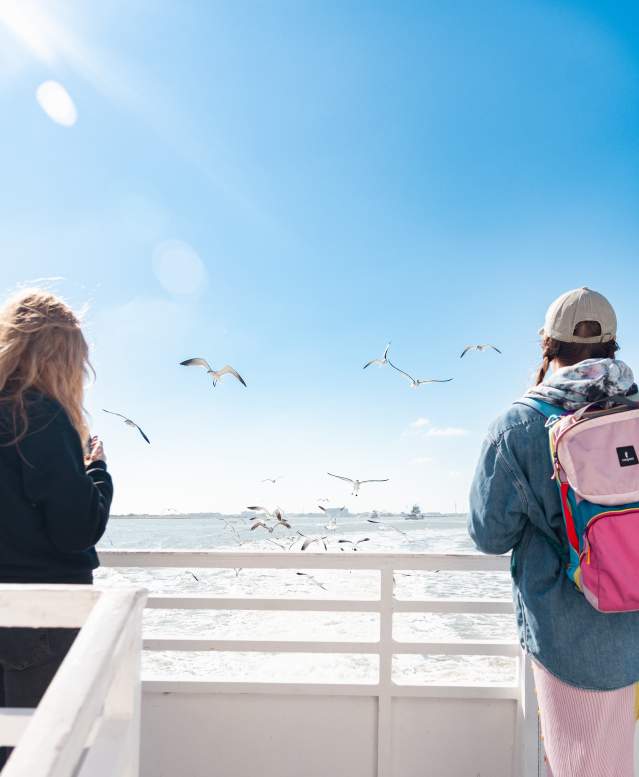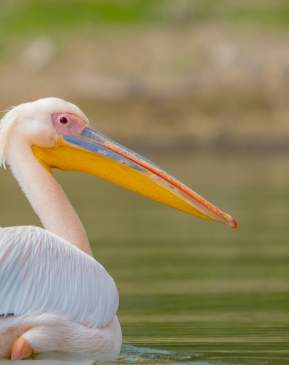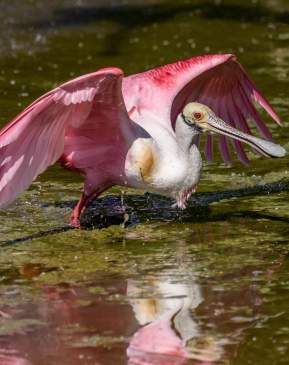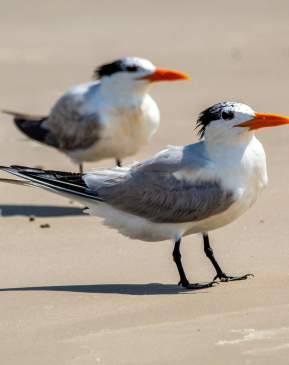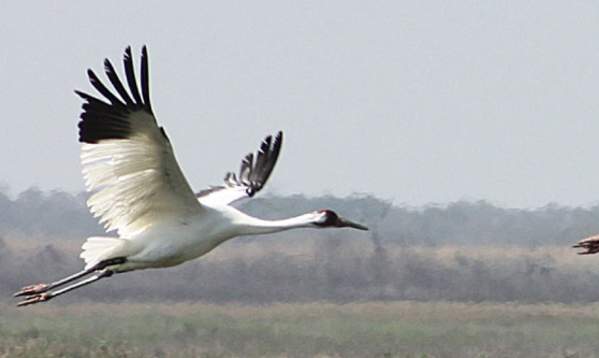Birding
Birds of a Feather!
Watch for low-flying birds! Located in the Central Flyway, Mustang Island boasts hundreds of native and migrating species. Encounters with Coastal Bend nesting species such as the Roseate Spoonbills, Least Grebes, Reddish Egrets, Black-Bellied Whistling Ducks, Bitterns, and Rails bring birding enthusiasts back to this island sanctuary time and time again.
With six sites along the Great Texas Coastal Birding Trail—the Joan and Scott Holt Paradise Pond, Port Aransas Nature Preserve, the south jetty, Leonabelle Turnbull Birding Center, UTMSI Wetlands Education Center, and Mustang Island State Park—Port A hosts many must-see lookouts for avid birders and wildlife photographers. Boardwalks and observation towers are built over wetlands with vegetation pockets specially designed to attract birds. The Birding Center, Wetlands Park, Paradise Pond, and the Nature Preserve were designed to give birders the “up-close” ability to observe hundreds of species in their natural habitats. From the natural wetlands, inlets, and 18 miles of natural beaches and dunes to the rock jetties, piers, and marinas, the island offers dozens of perfect vantage points to marvel at the magnificent migrating birds that consider Port A the ideal rest stop.
Get The Birding Checklist
Winter Birding Guidelines
Applies to Trail Use October 30–April 30 (or when Whooping Cranes are present):
Nature Preserve ordinance rules always apply, including but not limited to: open sunrise to sunset; no fishing, hunting, or gathering of any natural materials; no littering; no injuring or harming wildlife; no pets.
- Visitors must stay 1000 feet from Whooping Cranes. They should never be approached or disturbed. If you see Whooping Cranes within 1000 feet of the trail, please do not enter the trail.
- If visitors are already on a trail and whooping cranes are within 1000 feet, they should stop, remain quiet, and observe their behavior.
- If the Whooping Cranes become alert, raise their heads, and stop foraging—you are too close. Turn around if possible or wait and allow the whooping cranes to establish a safe distance before proceeding.
- If the cranes do not seem bothered, you may proceed with caution. Walk slowly and remain quiet. If biking or running, walk slowly through the area.
- If rules are not followed and cranes are not safe, trail closures may occur. If trail closures occur, guided walks will be available.
Whooping Crane Festival
Each year since 1996, the Whooping Crane Festival has celebrated the annual return of the cranes to their wintering habitat at the Aransas National Wildlife…




